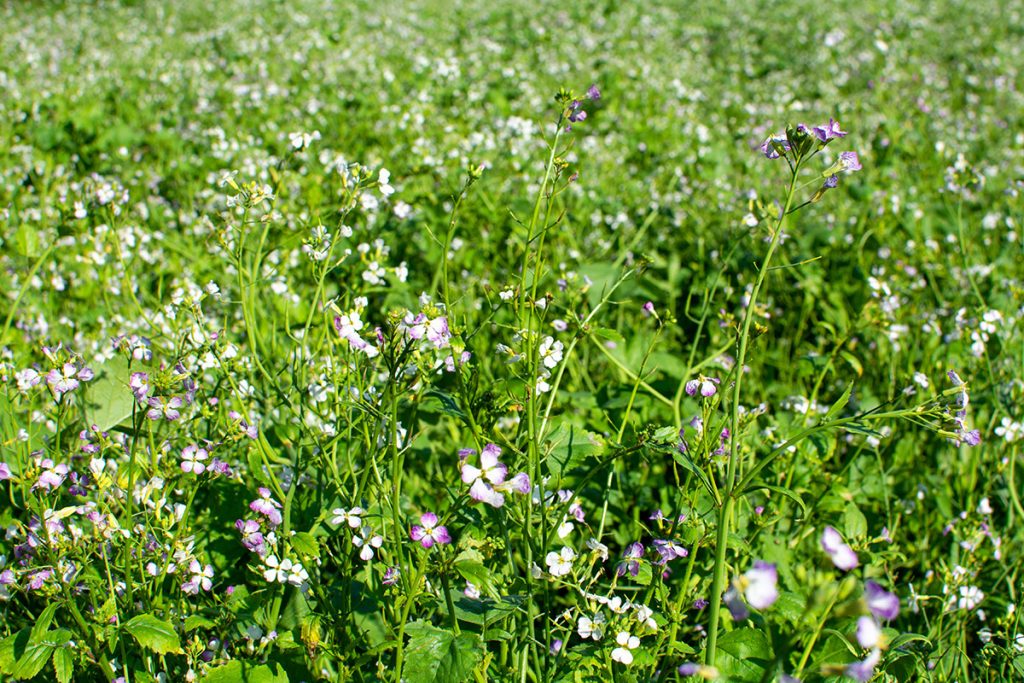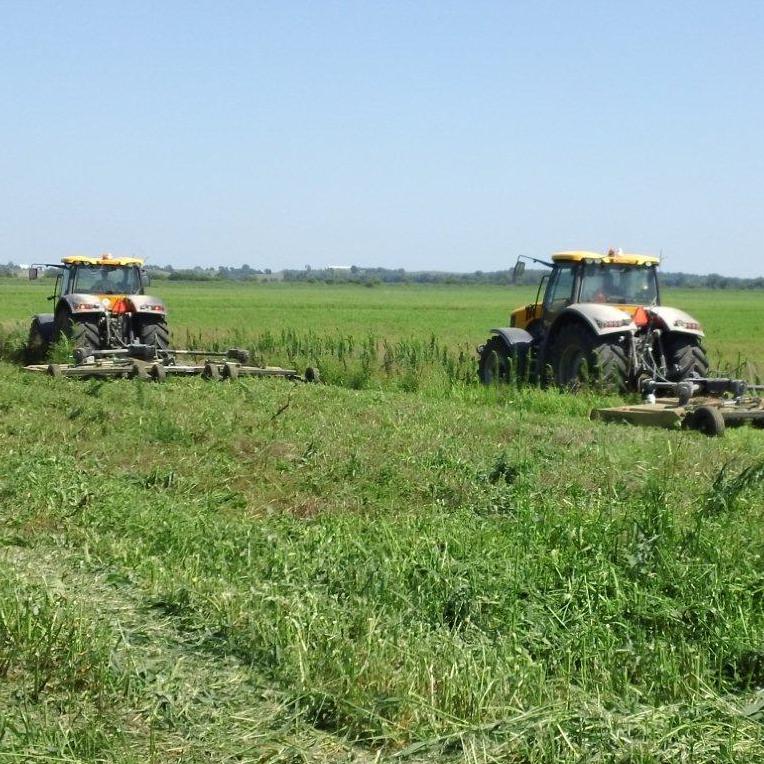How to See Your Crop Grow: Make Your First Year Successful
With the proper knowledge and preparation, you can ensure the best chance of success. Here, we will describe the best methods and tips for a productive first year of your CRP project.
How to See Your Crop Grow: Make Your First Year Successful Read More »





